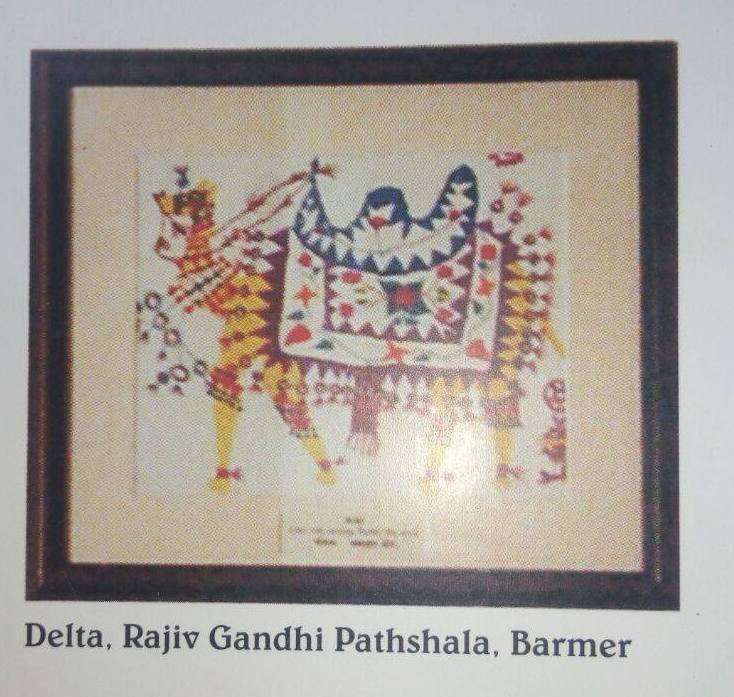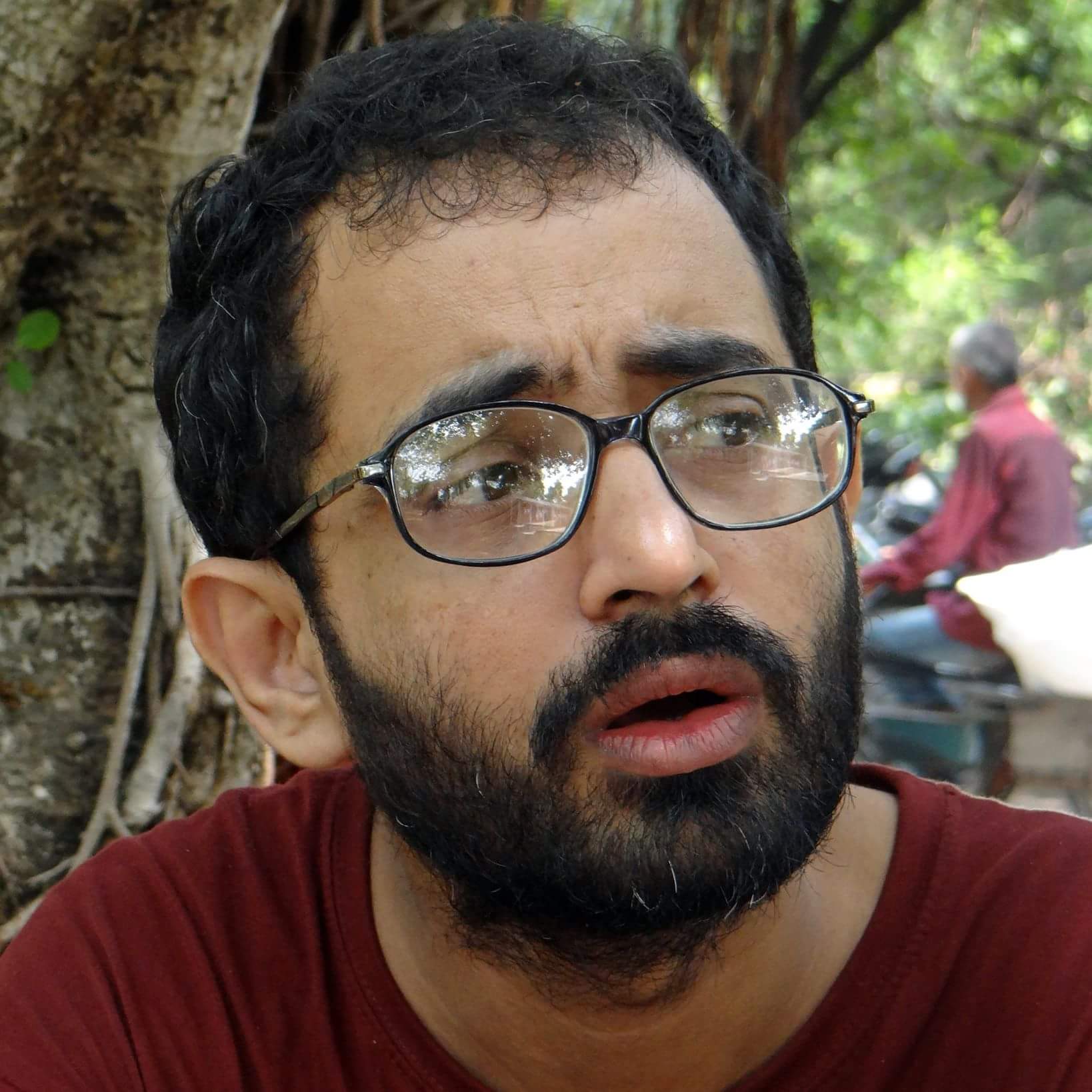Chhotelal Kumar
The Adivasi is frequently mistaken as a “noble savage” who leads a primitive lifestyle. His social and cultural traditions are perceived as unsophisticated and based on superstitions. In central India, tribals have their own religions, the most notable of which is Sarna, followed by Adivasis of Chotanagpur, and Koyapun, followed by Gonds of central India. These faiths have been reduced to animist and primitive nature worship regularly. Similarly, tribal religion is not regarded as a religion and is distinct from institutionalized religions such as Hinduism, Christianity, and Islam. As a result, followers of these religions are considered primitive and uncivilised, and these individuals must be civilised by being included in Hinduism, Christianity, or Islam. Tribal religion is not recognised as a separate religion under the Indian constitution.
In India, religious conversion has a long history, but Christian missionaries only began substantially with the onset of colonialism. They first attempted to deal with higher castes and well-off people but quickly realised that that was not working. They shifted focus to the lowest castes and tribals, where they had much success. While providing social services to the people, the missionaries also propagated their faith, eventually converting many tribals to Christianity. But during the colonial period, success in conversion did not have much substance.
Newborn postcolonial India was wary of western influence in India and its possible threat to national integration, making it very cautious of missionary activities. In the early 1950s, on the advice of Thakkar Bappa, well known for his work among tribals, the government of Madhya Pradesh invited Balasaheb Deshpande, an RSS volunteer, to work among the tribals. This eventually resulted in the establishment of the Vanvasi Kalyan Ashram (VKA) in 1952 with the objective of tribal welfare and prevention of religious conversion. Further, the government of Madhya Pradesh appointed a Christian Missionary Activities Enquiry Committee in 1954 under the chairmanship of B.S. Niyogi, retired chief justice of the high court at Nagpur. The committee submitted its report in 1956. The report concluded that ‘Christian missionaries were inducing low-caste Hindus and tribal peoples to convert with promises of employment, education, or health and other social services’.
These initiatives by the government were in far contrast from the current scenario. This statement from Chad Bauman sums up the 1950s government’s motive–he says, ‘resistance to conversion to Christianity in this context emerged not out of concern for the spiritual state of converts so much as out of anxieties, real or perceived, about the survival of the fledgling Indian nation’. After that, several states introduced the anti-conversion legislation ironically known as the Freedom of Religions Act. This Freedom of Religion Act was first passed in Orissa in 1967, Madhya Pradesh in 1968, and Andhra Pradesh and Arunachal Pradesh in 1978. Arunachal Pradesh is the only state in the northeast having a religious conversion law, and recently chief minister announced it would scrap the law.
Missionaries regard Adivasis as animist and non-Hindu. But, for Hindu nationalists, Adivasis are part of the larger ambit of Hinduism. Although the Hindu nationalists accept that there is a geographical distance between the tribals and the caste-Hindus as the former live in the forests (Vanvasis) and the latter live in the villages (Gaonvasis) or cities (Shahrvasis), there is no cultural distance between the two. For them, the tribals constitute an indispensable part of Hindu social and religious order and thus their opposition to conversion is justified.
In the post-colonial period, following the reemergence of the Hindu nationalist Rashtriya Swayamsevak Sangh (RSS) in the 1970s after its relative dormancy in the Indian political scene after the killing of Mahatma Gandhi, incidences of religious violence against Christians have increased tremendously. On the one hand, RSS launched suppression of Missionaries and, on the other hand, reconverted the Adivasis. And at the same time, they also increased social work among Adivasis. With the arrival of the BJP in national politics, cases of violence against Christians have increased manifold. The state supports the RSS activities in Adivasi dominated areas through several benefits like giving local tenders, affirmative gifts and many others to people who closely align with it and discourage Missionaries.
Among Adivasis, Christian Adivasis are highly educated and well aware of their rights. They are the ones who often lead the movement against the encroachment of Adivasi Jal, Jangal, and Jameen. This has not gone well with the various BJP governed Adivasi dominated states. Like in Jharkhand, as Virginius Xaxa argues, the freedom of Religious Act, 2017 a ploy to divide tribes along the lines of Christian and non-Christian. It is the strategy of the BJP government to use the already existing divide to counter the unity of Adivasis in the movement against anti-Adivasi policy (in the case of Jharkhand, the Raghubar Das government had attempted in 2016 to amend the CNT and SPT act which will enable easy transfer of land from Adivasis to non-Adivasis including corporate house). Adivasis are the most displaced people in the country, primarily because of corporate interests in the name of development.
With the advent of right-wing Hindutva politics, which has a Hindu nation-state and neo-liberalism as its core plan, they have used religious conversion laws in Adivasi dominated states to pursue a Hindu nation-state by polarising the community on spiritual lines and by segregating Christian Adivasis. And using this division among Adivasis, it has pursued its neo-liberal agenda. This division among Adivasis communities is making it easy for the government to follow any anti-Adivasi policies. And it makes it more challenging for Adivasis to organise and resist Adivasis for the cause of Jal, Jangal and Jameen.
~
Chhotelal Kumar has done his Masters in Political Science from the Centre for Political Studies Jawaharlal Nehru University, New Delhi. He has research interests in Adivasi politics and has started to read extensively on the topic.










